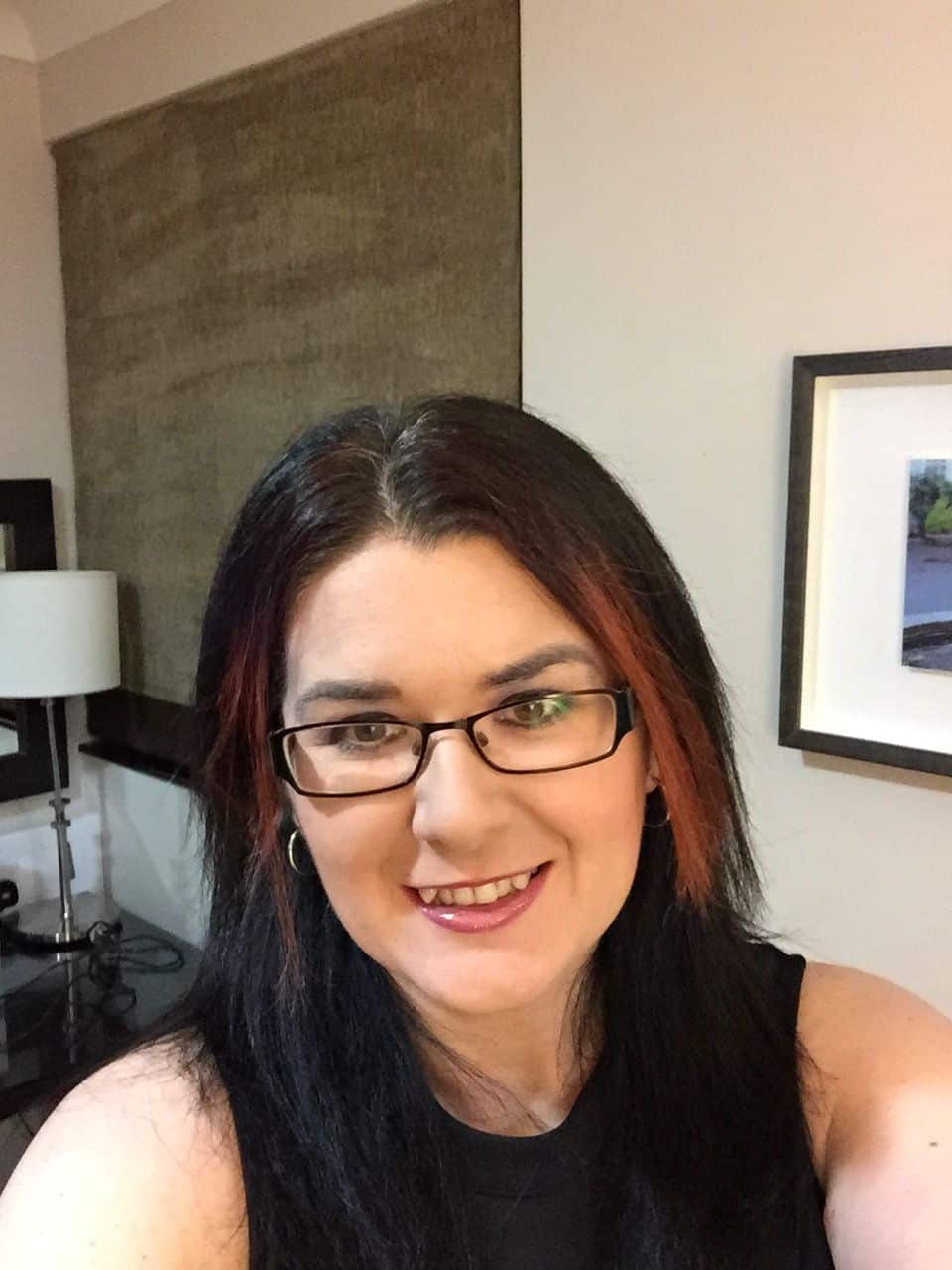Reporting on Trump and risk during Covid-19
By Dr Ann Luce
When the President of America speaks, people listen. This has become clear during the COVID-19 pandemic: Donald Trump has repeatedly articulated the ‘benefits’ of the anti-malaria drug, Hydroxychloroquine, despite the lack of empirical evidence to support this claim. In a recent article in Time magazine, published on 22 April 2020, Marilynn Marchione reported that not only is there no evidence to support Trump’s claims regarding the effectiveness of Hydroxychloriquine in the treatment of coronavirus, but that it has directly been responsible for deaths in a study conducted at Veteran Health Administration centres in the US.
When the President of America speaks, people listen, and it may be the most vulnerable people that bear the cost.
On 23rd April 2020, Donald Trump once again endangered the public’s health, both in America and abroad, where he touted more ludicrous medical magic, such as injecting (or ingesting) disinfectant or the benefits of UV light interventions.
The response from the medical community is understandable and certainly correct. As Robert Reich, a professor of public policy at the University of California, told The Guardian today: “Trump’s briefings are actively endangering the public health. Boycott the propaganda. Listen to the experts. And please don’t drink disinfectant.”
As I write this, Dettol have just released a statement, saying:
“As a global leader in health and hygiene products, we must be clear that under no circumstance should our disinfectant products be administered into the human body (through injection, ingestion or any other route).”
Indeed. But as an academic who researches suicide, I cannot help but think that these messages—as correct and well-intentioned as they undoubtedly are—may have an obverse effect, one that may ultimately be recognized by vulnerable people suffering from suicidal ideation, or even worse, with plans to kill themselves, as a method for taking one’s own life.
However, just as reporting methods that people have used to kill themselves is unethical (and verboten), as various media guidelines clearly indicate (see below), I wonder if reactions and responses to Trump’s careless and dangerous suggestions may be interpreted by people as providing method-by-proxy, by which I mean that ingesting disinfectant may be understood as a method for suicide in and of itself.
If this were a traditional suicide story or a ‘non-suicide’ suicide story—stories that cover off suicide statistics, suicide prevention policy etc.—I would argue that, in ethical terms, you need to be aware that by sharing the method and providing information on how a vulnerable person could access means, your reporting is increasing risk for suicide, when risk is already at an all-time high during the current pandemic.
I would also tell you that responsible and ethical reporting of suicide must be of the utmost importance. Journalists need to carry out their duty as a watchdog; you must critically engage with the information presented to you, ask questions and more importantly, look at the research and listen to the medical experts.
I would tell you to not report on method and/or access to means, not to use photos or broadcast images that make explicit reference to the suicidal method. I would tell you to remove video from your online platforms, tell you to be more careful about what you say on social media, educate the public about the facts and provide helpline information at the bottom of your stories.
But this isn’t your ‘typical’ suicide story or ‘non-suicide’ suicide story; in fact, what concerns me is that this particular story could be interpreted as providing a method for suicide-by-proxy, meaning that through the reporting of this story, journalists around the world are unwittingly proffering a way to die.
But here I am, looping in circles caused by an ethical conundrum because, of course, we don’t want people to ingest disinfectant. And then the loop starts all over again.
My guidance? Stick to the science and the medical experts. Try not to give the story any more undue prominence than is absolutely necessary. And brush up on your media reporting guidelines on suicide, even if they are not helpful with this current story, all journalists should be aware of guidelines and the impact that their reporting has on suicide.
Media Reporting Guidelines on Suicide
World Health Organisation, Global: https://apps.who.int/iris/handle/10665/258814
Samaritans, UK: https://www.samaritans.org/about-samaritans/media-guidelines/
Samaritans, Ireland: https://www.samaritans.org/about-samaritans/media-guidelines/media-guidelines-ireland/
American Foundation for Suicide Prevention, USA: https://afsp.org/for-journalists#resources-for-reporting-on-suicide & https://www.iasp.info/pdf/task_forces/UnitedStates_Reporting_Recommendations.pdf
Mindframe, Australia: https://mindframe.org.au/suicide/communicating-about-suicide/mindframe-guidelines
Other suicide reporting guidelines for journalists can be found below:
International Association of Suicide Prevention: https://www.iasp.info/media_guidelines.php
Accountable Journalism, Codes of Ethics: https://accountablejournalism.org/
Dr. Ann Luce is an Associate Professor in Journalism and Communication at Bournemouth University. She is the UK National Representative to the International Association of Suicide Prevention and is a steering group member of the National Suicide Prevention Alliance. She is editor of ‘Ethical Reporting of Sensitive Topics’ and a former journalist.
Author photo
